Harmonographs/Pendulographs
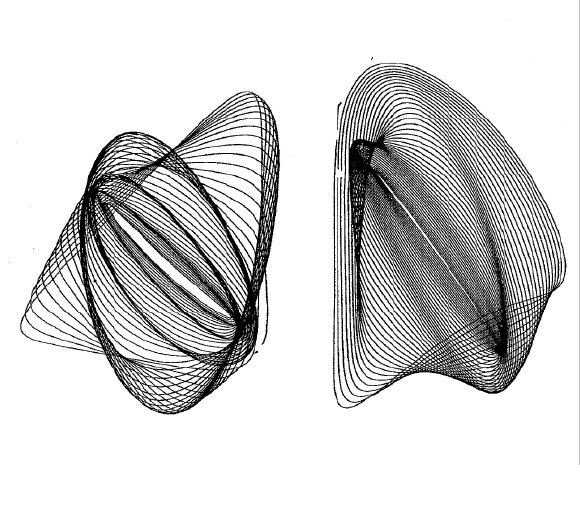
(Note: various historical sources interchange the name Harmonograph and Pendulogrpaph. There is no mechanical difference between them; it seems to be somewhat based on inventor preference).
A stylus at the end of a swinging pendulum. Seems simple enough to amuse and entertain for a little while. But this machine didn't start out as a toy. Because the simple arrangement precisely diagrams harmonic motion (a category of mathematical model for motions like the oscillation of a spring), it was first of interest to scientists in the mid-1800s.
Several articles about the harmonograph at the turn of the century, particularly by Archibald Williams in the influential Pearson’s Magazine (1902)—and in his delightful and extremely popular book Things to Make (1913) aimed at “children, young adults, and ‘handy’ grown-ups—transferred the scientific tool to popular diversion.
There is little published record of the scientific exploration of pendulographs, but the pedulograph the toy? Plenty. With popular interest growing, inventors patented dozens of different configurations to be packaged as entertainment. To produce different, more complex curve patterns, pendulographs would employ multiple pendulum actions. Instead of a stationary table with a swinging stylus, a small drawing board would also be affixed to a counterweighted pendulum. The double action, or bi-pendulum arrangement produced more varied drawings thanks to two variable swing actions. Other designs add pendulums to create complex rotational motion, increasing variety in the drawings.
Dates: Early- to mid-1800s to present
Click here to browse by this category.

Pendulum Mounted Airbrush
William Woods
1989
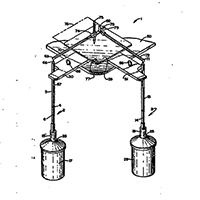
Pendulum Design Machine
Dennis Burkholder
1986
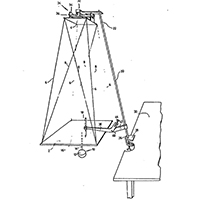
Harmonograph
George Cass
1979
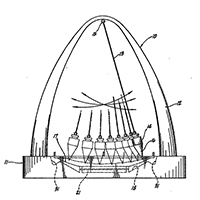
Amusement Device for Tracing Geometrical Figures
R. James Steward
1979
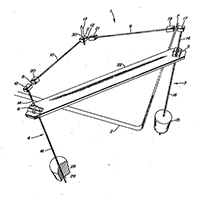
Pendulum Drawing Machine
Michael Cosman
1977
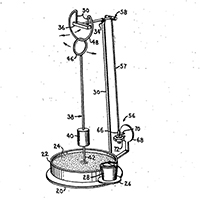
Pendulum Device
Thomas Truitt
1976
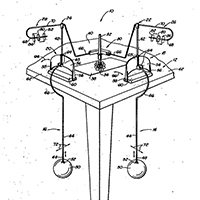
Pendulum Toy
Robert Sandifer
1975
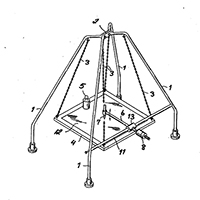
Apparatus for Drawing Random Geometrical Figures
Miron Padowicz
1971
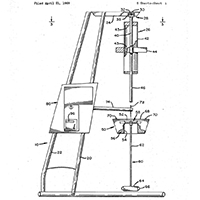
Coin-Operated Harmonograph
Thornton E. Wulf
1969

Pendulum Actuated Drawing Instrument
Amihadar Arber
1968
Click here to view more machines in this category.